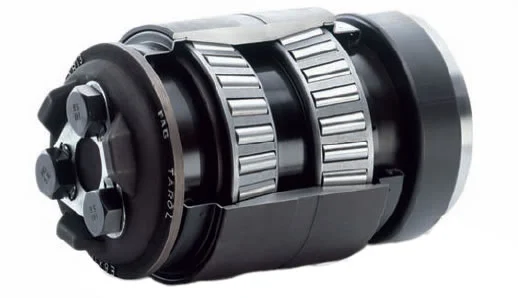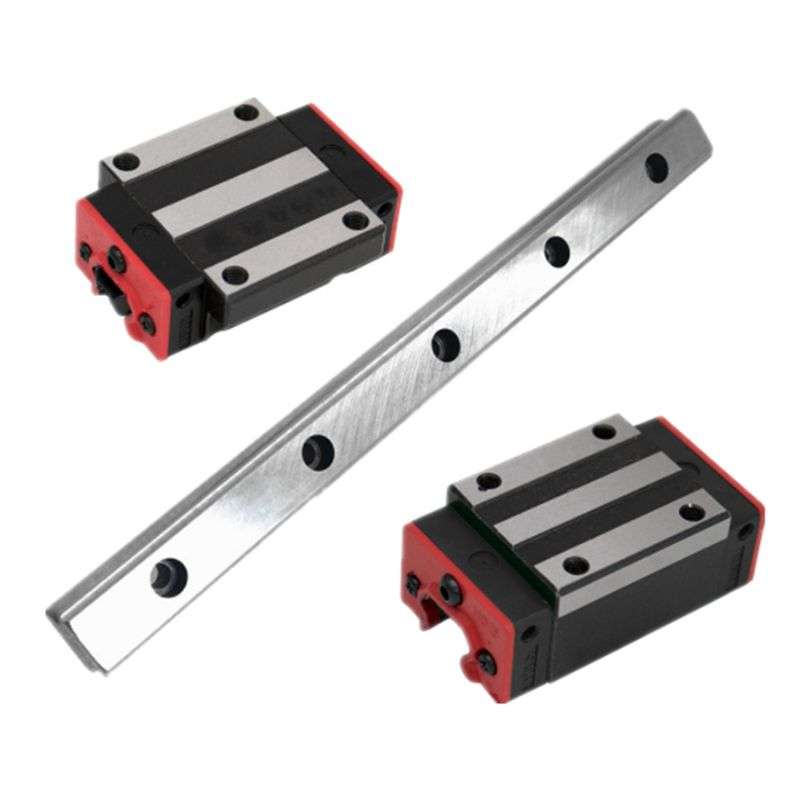
Table of Contents
In the world of machinery, there are components that often go unnoticed but play a crucial role in ensuring everything runs smoothly. Sliding block bearings are one such unsung hero. In this comprehensive guide, we will explore the fascinating world of sliding block bearings, from their mechanics and advantages to their diverse applications across industries and their potential for shaping the future of machinery.
The Role of Friction
While rolling bearings rely on rolling elements like balls or rollers, sliding block bearings operate on the principle of sliding friction. This fundamental concept is at the heart of their functionality.
Key Components Explained
- Block: The bearing block, typically made of materials such as bronze, plastic, or composites, forms the sliding surface. It provides essential support to the rotating shaft.
- Lubrication: Lubrication is paramount in reducing friction and minimizing wear. Proper lubrication ensures smooth sliding and prevents excessive heat generation.
- Housing: The housing provides a stable platform for the bearing to function. It encases the block and ensures it remains in its intended position.
Types of Sliding Block Bearings
Sliding block bearings come in various forms, each tailored to specific applications:
Sleeve Bearings: Simple and Effective
Sleeve bearings are cylindrical and are widely used in applications where simplicity and effectiveness are key requirements. They find their place in home appliances and various machinery.
Flanged Bearings: Adding Stability
Flanged bearings are equipped with a flange at one end. This design adds stability and is particularly suitable for applications where axial stability is essential.
Thrust Bearings: Handling Axial Loads
Thrust bearings are specially designed to handle axial loads. They come into play in applications such as conveyor systems and automotive transmissions, where controlling axial forces is critical.
Self-Lubricating Bearings: Convenience in Maintenance
Self-lubricating bearings are engineered to reduce the need for external lubrication. This feature simplifies maintenance, making them an excellent choice for applications where regular upkeep is a concern.
Advantages of Sliding Block Bearings
Sliding block bearings offer a range of advantages that contribute to their popularity:
- Low Friction, High Efficiency: Sliding friction reduces wear and energy consumption, making them highly efficient.
- Self-Lubrication for Less Maintenance: Some types of sliding block bearings require minimal external lubrication, which simplifies maintenance routines.
- Impressive Load-Bearing Capacity: Despite their unassuming appearance, sliding block bearings are capable of supporting heavy loads.
- Durability and Reliability: Sliding block bearings are known for their long lifespan and robustness.
Applications Across Industries
Sliding block bearings are versatile components, finding applications in various industries:
- Automotive: Sliding block bearings power components in engines, transmissions, and suspensions, ensuring reliable and efficient operation.
- Industrial Machinery: Conveyor systems, manufacturing equipment, and a myriad of machinery rely on sliding block bearings for smooth, precision movement.
- HVAC Systems: The fans, blowers, and air conditioning units that keep our environments comfortable are equipped with sliding block bearings.
- Conveyor Belts: Conveyor systems that handle the transportation of heavy materials in industries such as manufacturing and logistics rely on sliding block bearings.
- Home Appliances: In the realm of home appliances, sliding block bearings quietly assist in various functions, including refrigeration and washing machines.
Choosing the Right Sliding Block Bearings
Selecting the appropriate sliding block bearings for a specific application is crucial. It involves considering various factors, including:
- Load Requirements: Determining the magnitude of the load the bearing will support.
- Speed: Evaluating the operational speed of the machinery.
- Temperature: Accounting for the temperature conditions in which the bearing will function.
- Lubrication: Deciding on the lubrication method and materials.
Installation and Maintenance
Precision Installation Techniques
Proper installation of sliding block bearings is essential for their efficient operation. This includes:
- The Role of Proper Lubrication: Lubrication is vital for reducing friction and ensuring smooth sliding. Understanding the lubrication requirements of the bearing is critical.
- Aligning for Success: Achieving proper alignment is crucial for the bearing to function optimally. Misalignment can lead to premature wear and reduced efficiency.
Routine Maintenance Tips
Regular maintenance is key to extending the lifespan and performance of sliding block bearings. Maintenance practices include:
- Cleaning and Lubricating: Regularly cleaning the bearing and ensuring proper lubrication is maintained.
- Inspecting for Wear and Tear: Periodic inspections help identify signs of wear and tear that may require attention.
- Extending Bearing Lifespan: Implementing best practices for maintenance to ensure the bearings perform optimally over an extended period.
Challenges and Common Issues
Despite their numerous advantages, sliding block bearings may encounter challenges and issues such as:
- Addressing Wear and Tear: Understanding how to address and rectify wear and tear is vital to maintaining the efficiency of sliding block bearings.
- Overcoming Overheating: Overheating can lead to premature wear and reduced bearing life. Knowing how to manage and prevent overheating is essential.
- Quieting Noise and Vibration: Noise and vibration can be signs of issues within the bearing system. Identifying the source of such problems and addressing them is crucial.
- Avoiding Misalignment Mishaps: Misalignment can cause friction and reduced efficiency. Knowing how to avoid and correct misalignment is vital for optimal performance.
Innovations in Sliding Block Bearings
Manufacturers are continually innovating to enhance the performance and functionality of sliding block bearings. These innovations include:
- Self-Lubricating Bearings: These bearings reduce the need for external lubrication, simplifying maintenance requirements.
- Advanced Materials: The development of advanced materials enhances bearing performance, making them more suitable for modern demands.
- IoT Integration: The integration of Internet of Things (IoT) technology allows for real-time monitoring and data collection, enabling predictive maintenance.
- Eco-Friendly Solutions: In an era of increasing environmental awareness, the development of sustainable and eco-friendly bearing materials and lubricants is a significant step forward.
Comparison with Other Bearing Types
It’s important to understand how sliding block bearings compare with other bearing types, such as ball bearings and roller bearings. We’ll delve into the advantages and limitations of each type to help you make informed decisions when selecting bearings for specific applications.
Future Trends and Innovations
As technology advances and industries evolve, so do the possibilities for sliding block bearings. In this section, we explore the future trends and innovations in sliding block bearings, including:
- Industry 4.0 and Sliding Block Bearings: The impact of Industry 4.0 on the bearing industry.
- Nanotechnology in Bearings: How nanotechnology is shaping the future of bearings with precise, high-performance materials.
- Sustainable Solutions: The role of sliding block bearings in achieving sustainability goals, including reducing energy consumption and environmental impact.
Troubleshooting and Problem-Solving
Sometimes, sliding block bearings may encounter issues that require prompt resolution. This section provides tips and insights on identifying and addressing bearing problems efficiently.
Safety Measures and Best Practices
Safety should always be a top priority when dealing with sliding block bearings. This section outlines safety measures and best practices for ensuring that installation and maintenance activities are carried out safely and effectively.
Sustainability and Environmental Impact
In an age of growing environmental consciousness, the bearing industry is also moving towards sustainability. We explore sustainable materials, practices to reduce energy consumption, and options for recycling and proper disposal.
Expert Insights and Interviews
Gaining valuable perspectives from experts in the field is invaluable. This section features conversations with industry experts, shedding light on the world of sliding block bearings, current trends, and future developments.
Conclusion
In conclusion, sliding block bearings may not be the most conspicuous components of machinery, but they are undeniably vital. From their fundamental mechanics to their significant advantages and diverse applications, sliding block bearings silently contribute to the efficient functioning of various industries.
As we look ahead, the potential for sliding block bearings to shape the future of machinery is evident. Innovations like self-lubricating bearings, advanced materials, IoT integration, and eco-friendly solutions are poised to drive the bearing industry toward even greater efficiency and sustainability.
The world of sliding block bearings is far from silent; it’s a world of innovation, efficiency, and progress, and its importance will continue to grow as industries seek more efficient and sustainable solutions for the future.
Related Posts
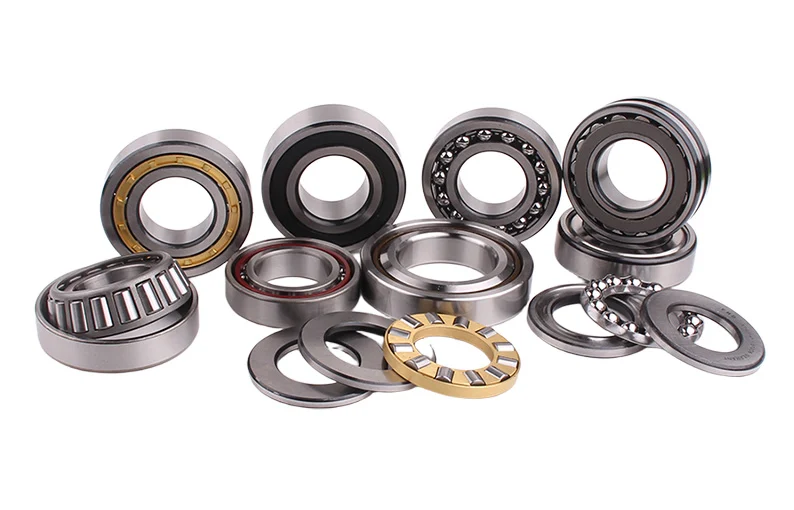
Bearing Code
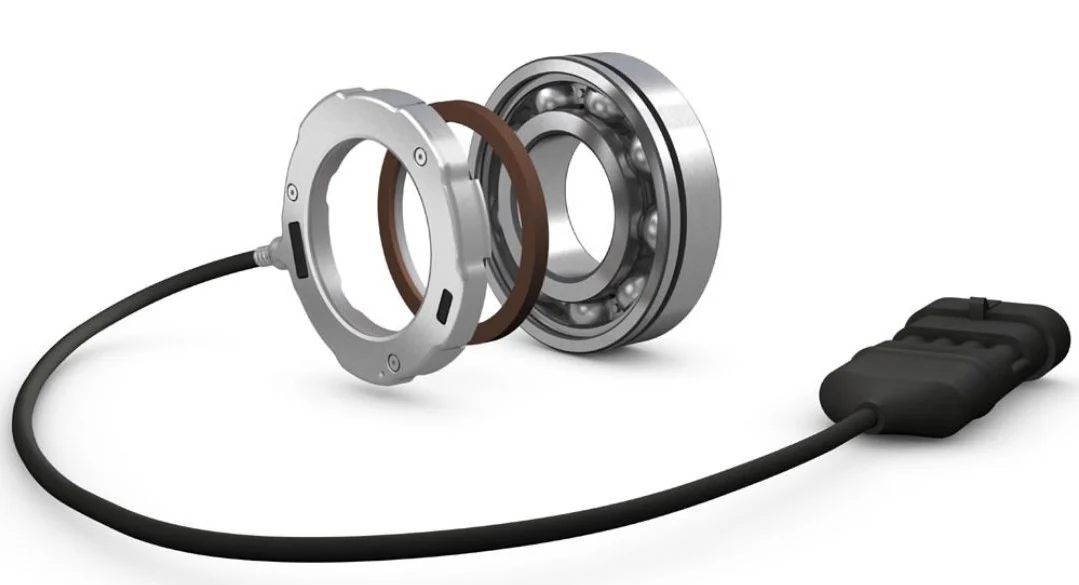
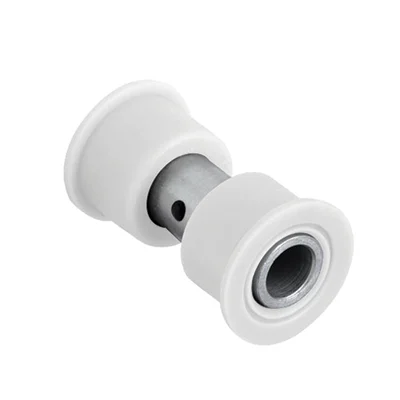
Delrin Bearings: Lubrication-Free Long Life
